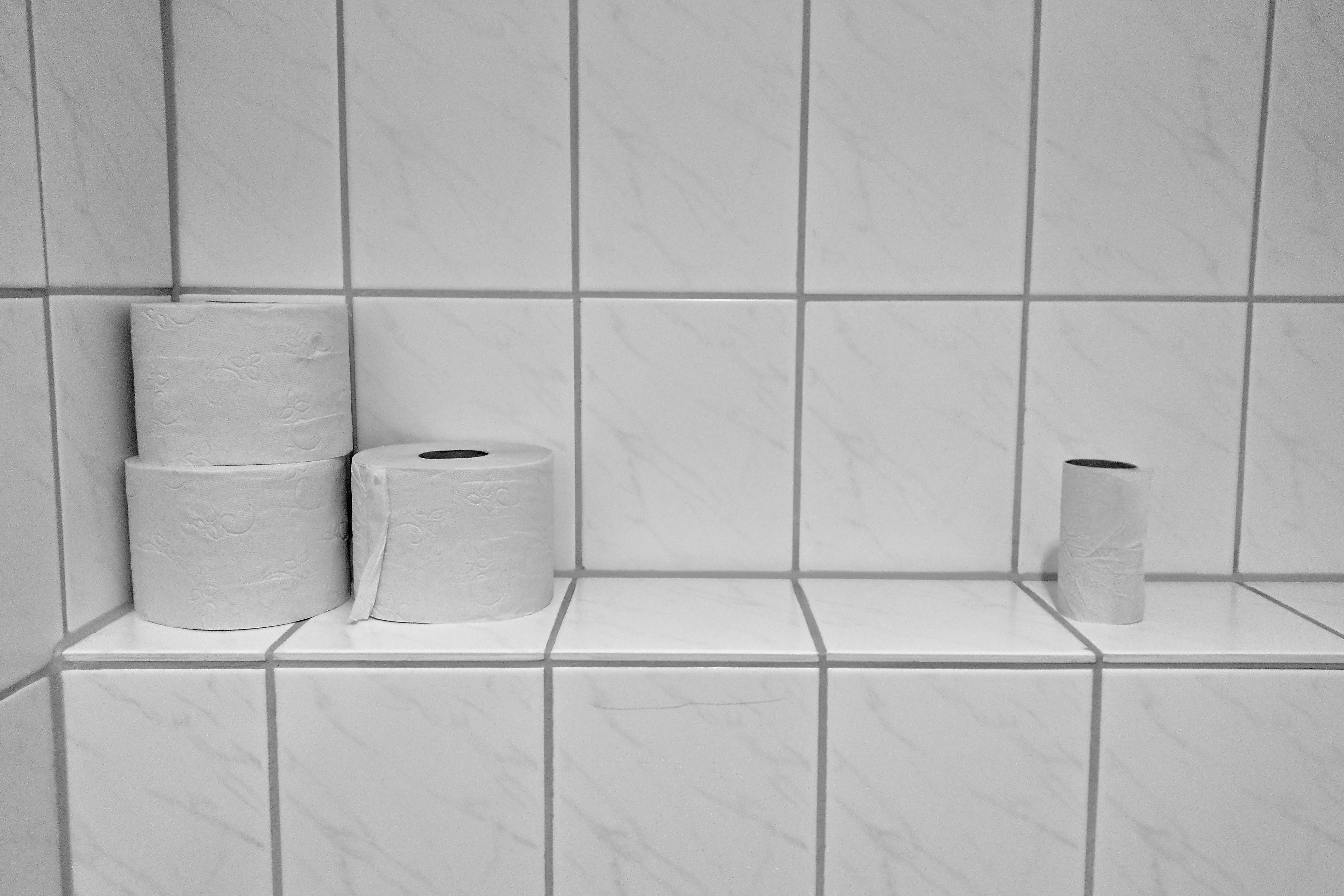A new partnership aims to raise awareness about what Ontarians shouldn’t be flushing down their drains.
The Ontario Clean Water Agency (OCWA) and the Clean Water Foundation (CWF) have partnered with the Regional Municipality of York, Region of Peel, Town of LaSalle, Niagara Region, City of Barrie, and Town of Bradford West to deliver the I Don’t Flush message.
Ontarians are guilty of using their toilets and drains like garbage cans, resulting in costly damage to their homes, the environment, and even municipal infrastructure. This year’s campaign educates the public on how to properly dispose of some of the biggest offenders—personal hygiene products, fats, oils and grease, pharmaceuticals, and household hazardous waste.
“The only things meant to be flushed are No. 1, No. 2, and toilet paper,” said Christopher Hilkene, president of CWF. “Anything else—whether it’s pharmaceuticals, wipes, fats, oils and grease, or household hazardous waste—can directly and indirectly end up polluting our rivers and lakes.”
Many people who are improperly disposing of items down their drains are doing so unaware of the potentially catastrophic consequences. Some of the negative consequences are included below.
Pharmaceuticals
Throwing pharmaceuticals in the garbage or down the drain contributes to the contamination of our environment, including water sources and soil. Examples include: expired pharmaceuticals, over-the-counter medications, and vitamins.
Personal Hygiene Products
Flushing personal hygiene products, even items labelled as flushable, can clog pipes and lead to sewer backups, flooded basements, and raw sewage discharge into our lakes and rivers. Examples include: wipes, feminine hygiene products, dental floss, and cotton swabs.
Fats, Oils, and Grease
Fats, oils, and grease (FOG) cool and form blockages when they are put down the drain, which leads to basement flooding and sewage overflows onto streets and surrounding areas. These clogs can also damage your local wastewater facility, and your water rates may go up to cover costly repairs. According to the Municipal Enforcement Sewer Use Group, Canadian municipalities spend more than $250 million a year removing garbage from sewer systems. Examples include: meat fats, cooking oils, dairy products (butter, yogurt, etc.), salad dressings, and gravies.
Hazardous Waste Household Hazardous
Waste can become dangerous when poured down drains, potentially entering source waters and harming underwater vegetation and aquatic life. Examples include: cleaning, gardening, and automobile care products.
“Treating your sinks and toilets like trash cans can have major consequences,” said Amy Lane, manager of marketing and communications at OCWA. “Can you imagine coming home to sewage backup in your basement because your pipes are clogged with grease, wipes, or feminine hygiene products? This doesn’t have to happen. The I Don’t Flush campaign makes it clear how easy it is to protect your pipes and avoid costly repairs and environmental damage.”
The newest campaign includes a public service announcement on coming to terms with the mistreatment of your toilet (and sink!) and how to improve your relationship going forward.
More information about proper disposal techniques are available here.









